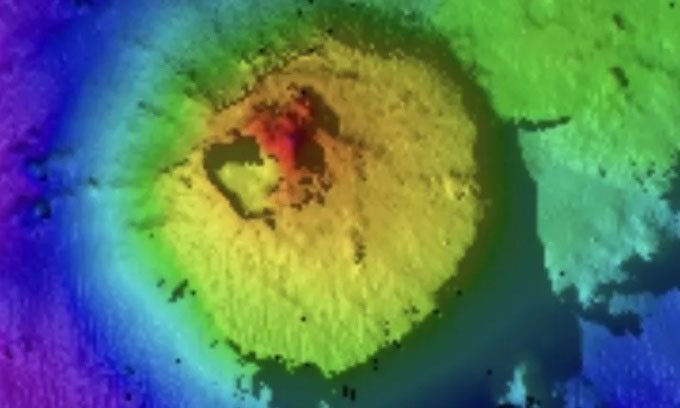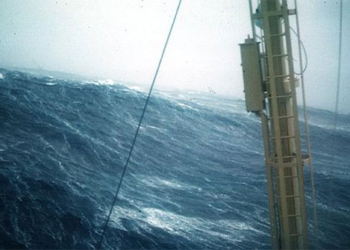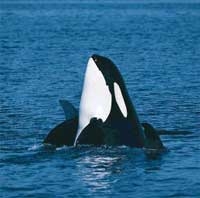Scientists have discovered a giant mountain beneath the Pacific Ocean, standing approximately 1,600 meters tall, which is twice the height of the Burj Khalifa, the tallest building in the world.
The underwater mountain rises 1,600 meters above the ocean floor and is located about 4,000 meters below sea level. Experts found it during an expedition conducted by the Schmidt Ocean Institute (SOI) in international waters, approximately 135 kilometers from Guatemala’s exclusive economic zone.

The underwater mountain rises 1,600 meters beneath the Pacific Ocean. (Photo: SOI).
Submarine mountains are underwater mountains with steep slopes that protrude from the ocean floor, according to the U.S. National Oceanic and Atmospheric Administration (NOAA). Most submarine mountains are remnants of extinct volcanoes and typically have a conical shape. They are present in every ocean basin worldwide, but experts are unsure of their exact number. It is estimated that there are more than 100,000 submarine mountains that rise at least 1,000 meters. However, to date, scientists have only discovered a small fraction of them.
The new submarine mountain was observed by the SOI expedition using a multi-beam echo sounder EM124 aboard the research vessel Falkor (too). This device is capable of mapping the ocean floor with high resolution.
After the echo sounder detected the underwater mountain, an onboard expert confirmed that this structure was not present in any existing seafloor databases. The data revealed that the mountain covers an area of more than 13 square kilometers. “The fact that a mountain over 1.5 kilometers high has been hidden beneath the waves until now shows that there is still much we have yet to explore,” said Jyotika Virmani, executive director at SOI.
Submarine mountains are considered “hotspots” for biodiversity, providing surfaces for organisms such as deep-sea corals, sponges, and various sessile invertebrates to inhabit and thrive. These organisms, in turn, provide food for other animals. The ecosystems of submarine mountains often host unique species found only in one location. Mapping and exploring unknown areas of the ocean floor is crucial for scientists to better understand our planet.
SOI is a partner in the Seabed 2030 program, which aims to map the entire ocean floor by 2030. Currently, the lack of detailed maps of most ocean floors complicates safe navigation for vessels, sustainable management of marine resources, and protection of coastal communities.





















































